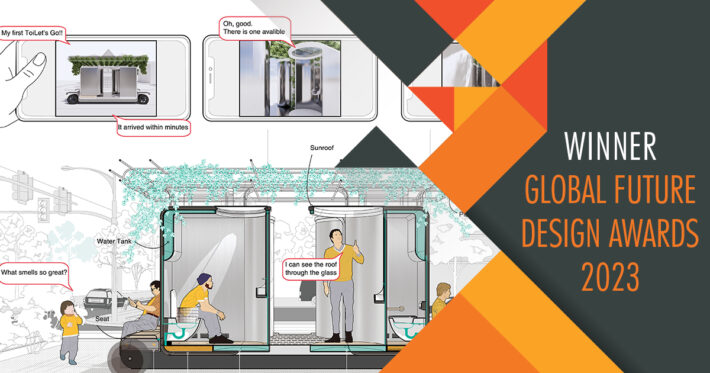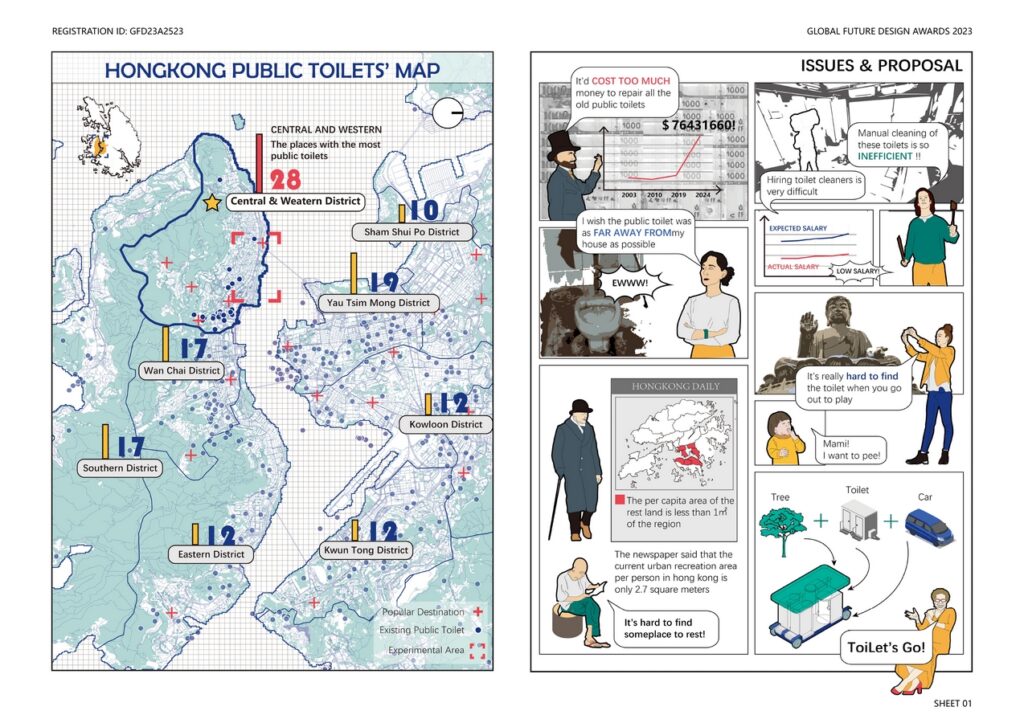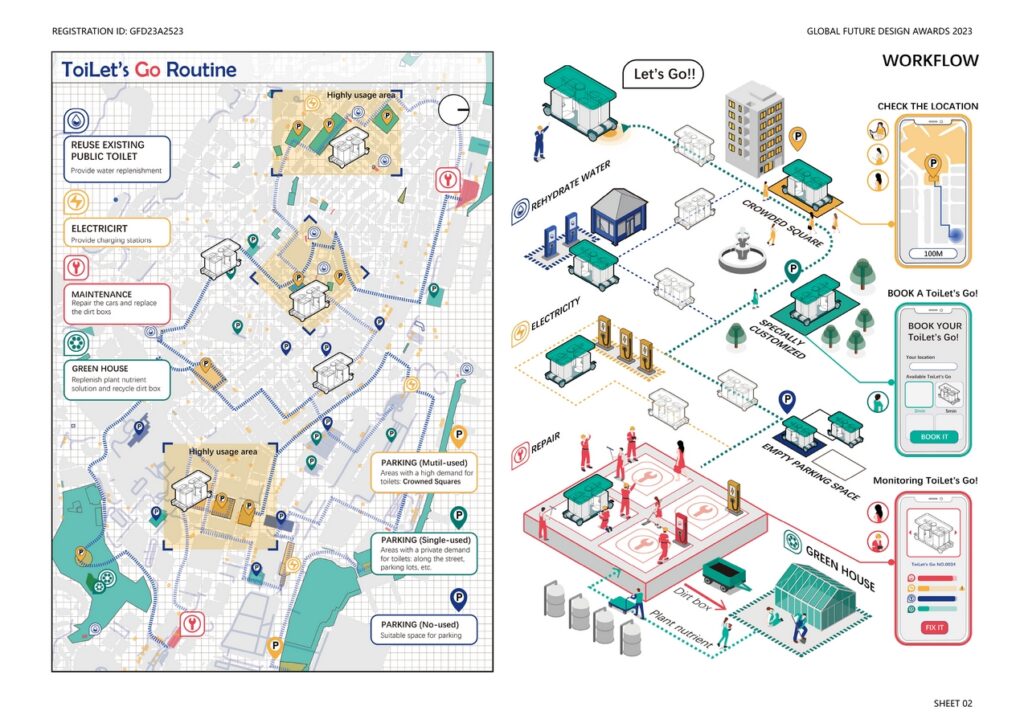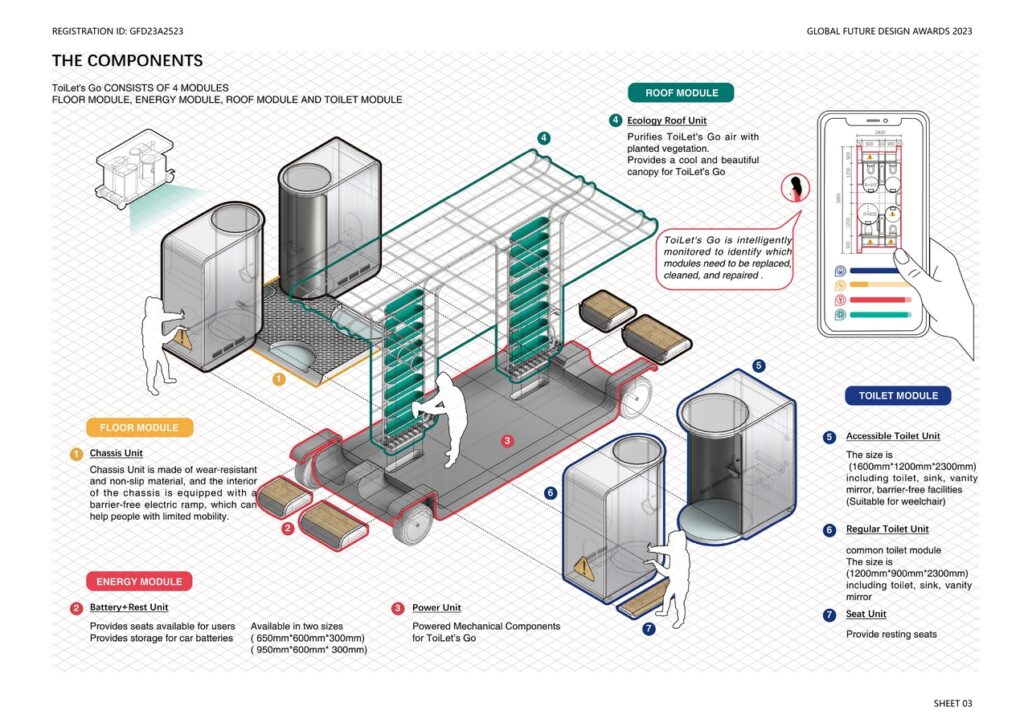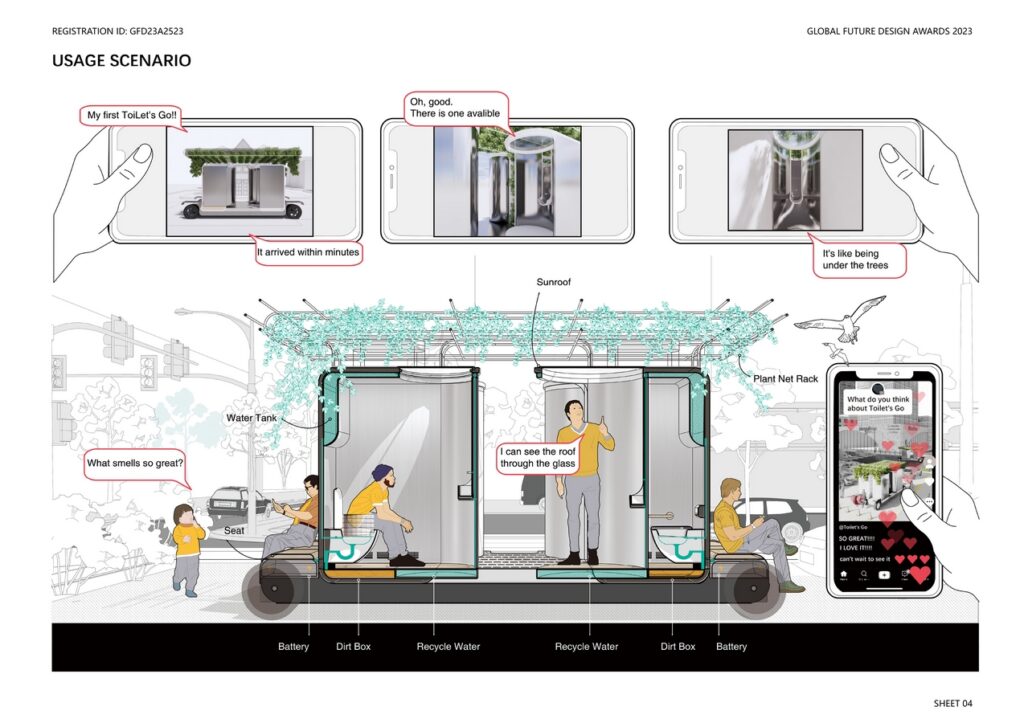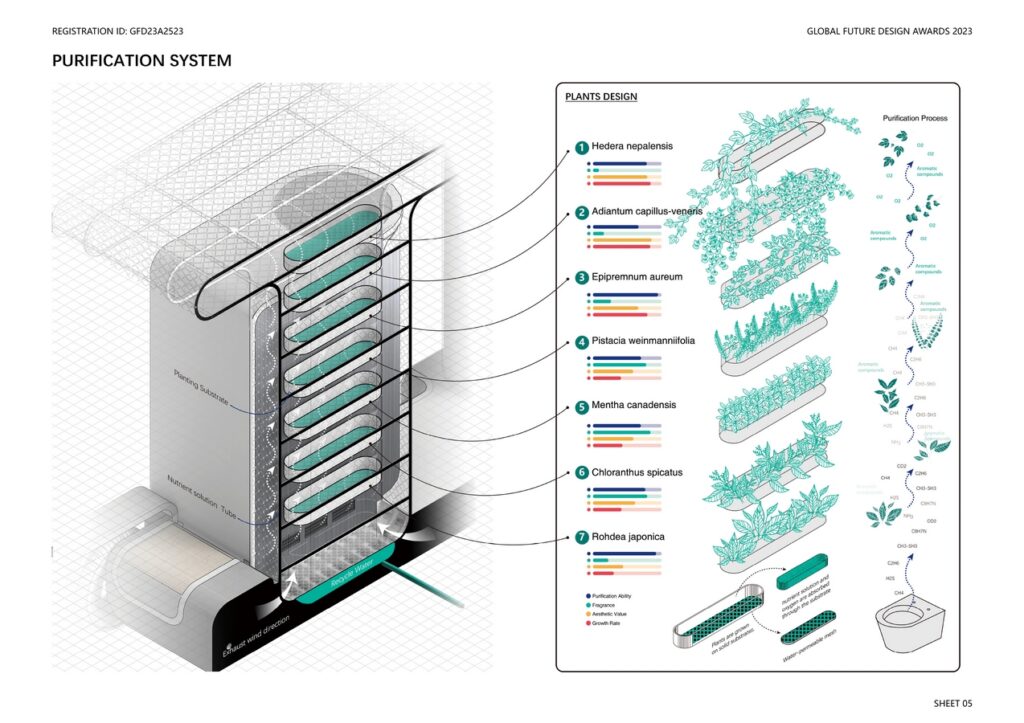As a city with a well-developed tourism industry, the situation of public toilets in Hong Kong has always faced challenges. According to the 2014-2015 official documents of the Hong Kong Food and Environmental Hygiene Department, there are less than 800 independent public toilets in the city, which equals only 1.1 toilets per 10,000 people (compared to Shanghai and Beijing, the values are 2.57 and 2.88, respectively). However, nearly ten years have passed, and this number has mostly stayed the same. One difficulty is that in the urban area of Hong Kong, where land is costly, it is difficult to have space for new and expanded public toilets. Moreover, residents want public restrooms to be away from being built downstairs because of safety and environmental issues. These subjective and objective reasons have made it hard to increase the number of public toilets in urban Hong Kong. Although the toilets of many shopping malls and restaurants are open to the public, due to management and operational restrictions, the problems still exist. In addition, public restrooms in Hong Kong face a series of issues that include a lousy environment, equipment damage, and long renovation time, which cannot be solved by conventional means.
Global Future Design Awards 2024: Entries Open!
Take your work to the next level. Register Now…
Gold 🏆 Winner
Global Future Design Awards 2023
ToiLet’s Go
Future Architecture (Concept)
Firm
T.E.N
Architect/Designer
Xudong Zhu
Design Team
Jiabin Wei, Lujia Zhu, Bochao Sun, Lei Ming, Haoran Zheng, Mengchu Chen
Project Location
Hongkong
Country
Hong kong
Photographer/Copyright
©T.E.N
Social Media Handles
Facebook: Not Available
YouTube: Not Available
Instagram: Not Available
Twitter: Not Available
Website URL
N/A
In response to the problems mentioned above, we integrate public toilets with autonomous vehicles and urban landscapes to propose a strategy called ToiLet’s Go. The scheme uses the mobile nature of autonomous vehicles to give the original fixed public toilets the characteristics of mobility, which can reduce the number of public restrooms as much as possible based on people’s needs. This character will significantly reduce economic expenditure while saving the land cost. Furthermore, by using the assembly method of production, ToiLet’s Go includes an ecological roof and a recreational seat module. In this way, by integrating with an intervention of public landscape elements, the design offers numerous flexible opportunities for the city – providing a sustainable ventilation strategy, a more environmentally friendly toilet experience, and a temporary place for rest and communication for residents and tourists throughout the city.
Specifically, we transform the existing public toilets in Hong Kong into scattered logistics stations responsible for quick charging, water replenishment, and recycling. In Hong Kong’s outer suburbs, where land density is loose, we propose new centralized maintenance, parking, excrement collection and recycling areas. At the level of urban infrastructure, the project expects to create a sustainable circulation system.
An intelligent system will regulate each ToiLet’s Go. If there are problems such as insufficient power, water shortages, and malfunctions, it can automatically go to the nearest charging station, water replenishment station, or maintenance place. During peak usage hours, ToiLet’s Go will park in densely populated areas, calculated by big data, as temporary fixed public toilets for people to use. During non-peak hours, it can provide reservation services for private individuals and go to the appropriate docking place designated by the user. When no one is using it, or if there is no appointment, ToiLet’s Go can either drive in the city as a mobile landscape or park in public spaces, like streets and plazas, as a temporary communication space for people to stop and rest.
Overall, ToiLet’s Go proposes an innovative design and usage typology for public toilets in Hong Kong, aiming to raise a replicable prototype for improving public health in a high-density urban environment.


